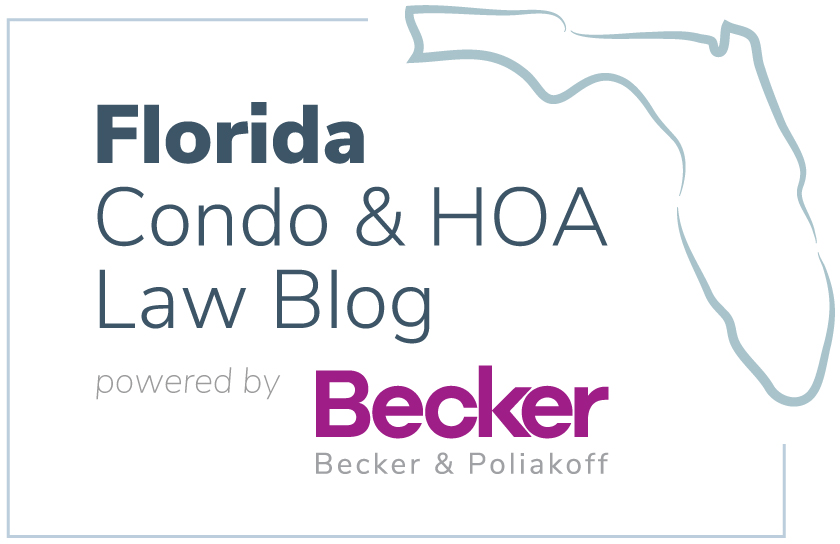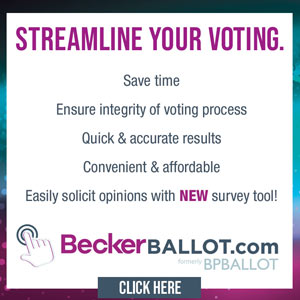
Many condominiums throughout the state are getting ready for their annual meeting. This means that election season is also underway as the election occurs at the time of the annual meeting. Remember that two notices are required. The first should be sent at least 60 days before the election and the second, at least 14 days before the election. If an existing board member is interested in re-election they, just like any member of the community, must submit a timely notice of intent to be a candidate. The deadline for this is 40 days before the election. This is a hard and fast deadline, unyielding to all. Another deadline is 35 days prior to the election when the candidate must submit their candidate information sheet. This deadline however is “optional,” in that candidates can choose not to submit an information sheet and yet still be listed on the ballot. For those information sheets that are submitted, it is important for the incumbent board and the membership to understand that the association and the board cannot edit them and, as such, The Condominium Act confirms the association is not responsible for their content.
In preparing the actual election package, it is important that the ballot include all eligible candidates listed in alphabetical order with their status as incumbents not disclosed. The package should also include what is known as an “inner envelope” or “inner ballot envelope.” The ballot, once completed, is placed inside the inner envelope. The inner envelope is then placed inside an “outer envelope,” which is also provided with the election package. The outer envelope need not have pre-paid postage but must be signed by the eligible voter and include the unit number. Failure to properly complete an outer envelope will invalidate the entire ballot.
The outer envelope is then mailed or hand delivered to the association. If an eligible voter will be present at the actual election and has not yet cast their ballot, they can ask for a ballot at that time and the association will provide the materials necessary for them to vote at that time. Note that once the ballot is cast, it cannot be taken back, rescinded, or changed in an election. Think of it as leaving the voting booth in a government election. Once you do that and hand your ballot to the election officials, you cannot take it back. It is therefore important that in completing the ballot, the eligible voter casts votes for not more than the number of seats up for election. For example, if there are three seats available and five candidates, voting for four candidates invalidates the election. If, however, the ballot only shows a voting for two candidates, it would still be counted.
Remember that on Election Day, the outer envelopes must be verified (though this can be done prior to Election Day for all ballots mailed or handed in) and the election process must occur in an area for all to see. Another major thing to remember is that at least 20%of all eligible voters in the condominium must have cast a ballot in order for the election to occur. If not, the incumbent board rolls over and the election process (e.g., final verification, counting of ballots) does not proceed.
Once the election results are announced (assuming the election proceeds), the new directors immediately take over. Most condominiums have their organizational meeting right after the annual meeting to determine which directors will serve in which capacities (President, Vice Present, Treasurer, and Secretary). This allows for a seamless transition as the business of the condominium must continue.
If owners are not satisfied with the course their community is taking, actively partaking in the election process and making sure to properly complete their ballots will help to bring about change. Communities seeking to make the election process easier and to minimize voting errors can discuss using electronic voting with the association’s legal counsel who will educate them on the proper resolutions and steps necessary to enter the e-voting era (something that will soon be the norm rather than the exception for Florida communities).






Recent Comments